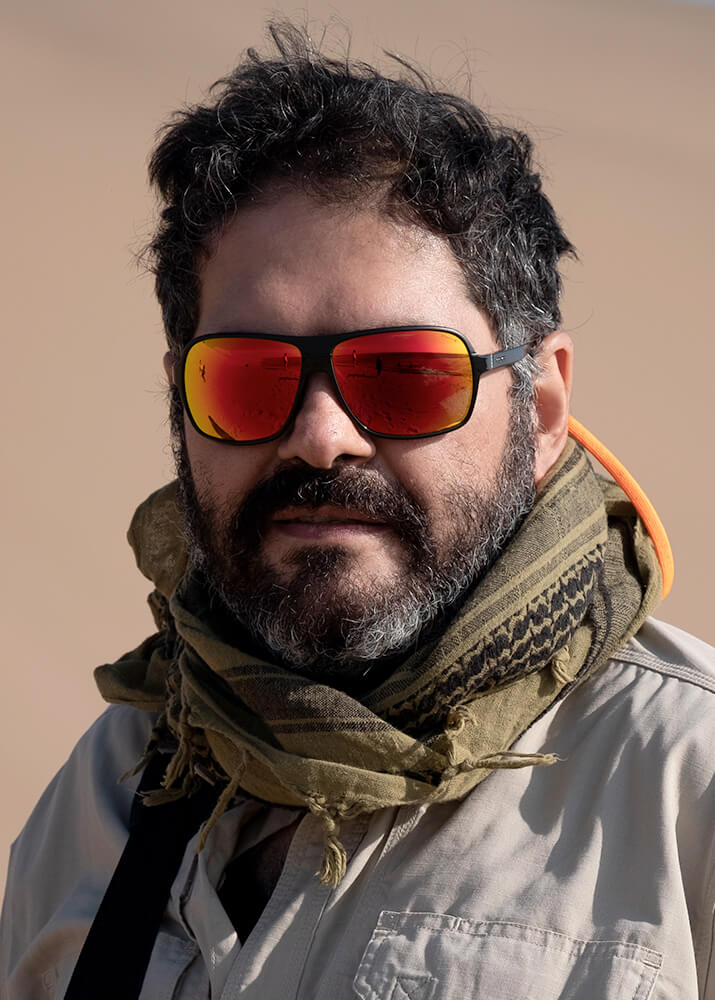I was born in Tehran, Iran in 1974 and studied art and photography there. I started work as a freelance photographer for Iranian daily and weekly newspapers. I began working with the Reuters team as Freelance photographer since 1999 till 2013. After Reuters I worked with the New York Times International magazine, Polaris Images, Zuma Press and SIPA PRESS photo agencies and now I am working with the NurPhoto press photo agency. I am also UNHCR trusted photographer in Iran.
Sense of death amid the COVID-19 outbreak in Iran
Today is about one year after Government announced officially the COVID-19 cases in Iran and death still is everywhere. I could see patients who were infected by the new coronavirus in COVID-19 wards of hospitals who were breathing and after two hours they were died. In fact, life seems gone, time were stoped and people were looking for an empty hospital bed for their relatives. Sense of death is covered the daily life of people who have to fight with a new invisible enemy, and it will be getting worse when a country is under International sanctions.
I was in the city of Bam for covering the earthquake in 2002-2003 and could see a U.S. Military cargo airplane landed after about 25 years since the Victory of the Islamic Revolution in Iran and I could see how the humanity could pass over the politic, but today I am witness how politic cover the humanity, sanctions still work and it pushed Iran to the end of the line of vaccine. People die left and right also medical personnel, But they hear about barriers to the import of the COVID-19 vaccines from western countries. When it comes to people's health, politics should be the last priority of countries, but it seems the politic is the first priority for the U.S., Iran and the European countries. On the other hand, Iranians cannot trust the China- Made, or Russian-Made vaccine and prefer the Iranian one, but they must wait until next year and try to be alive.
